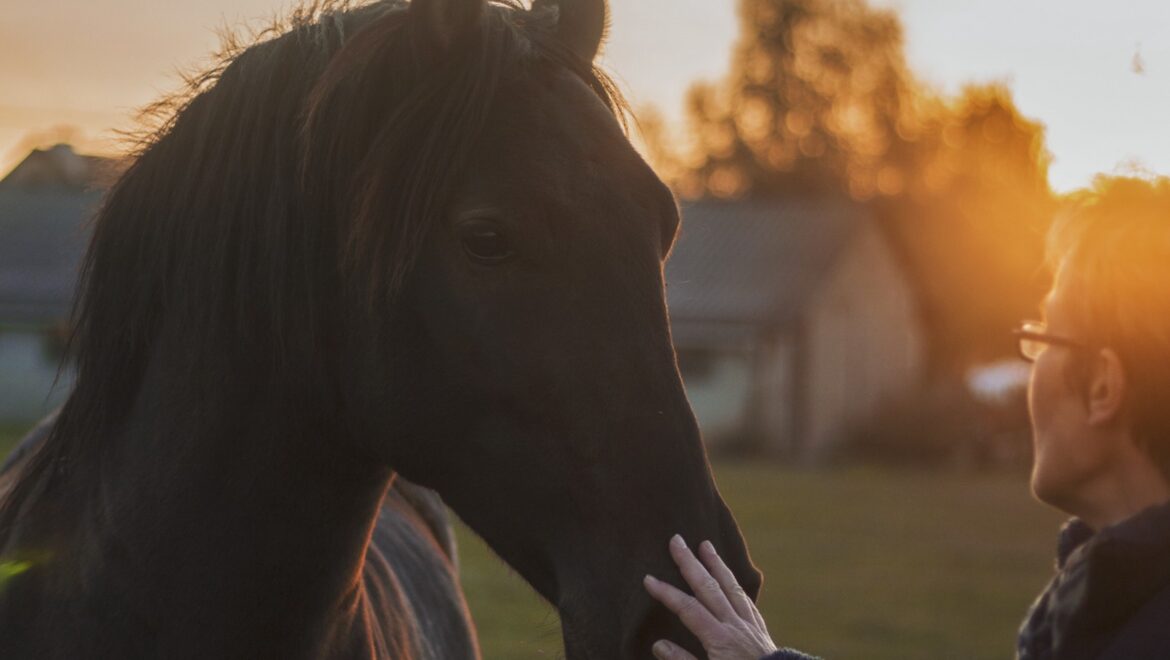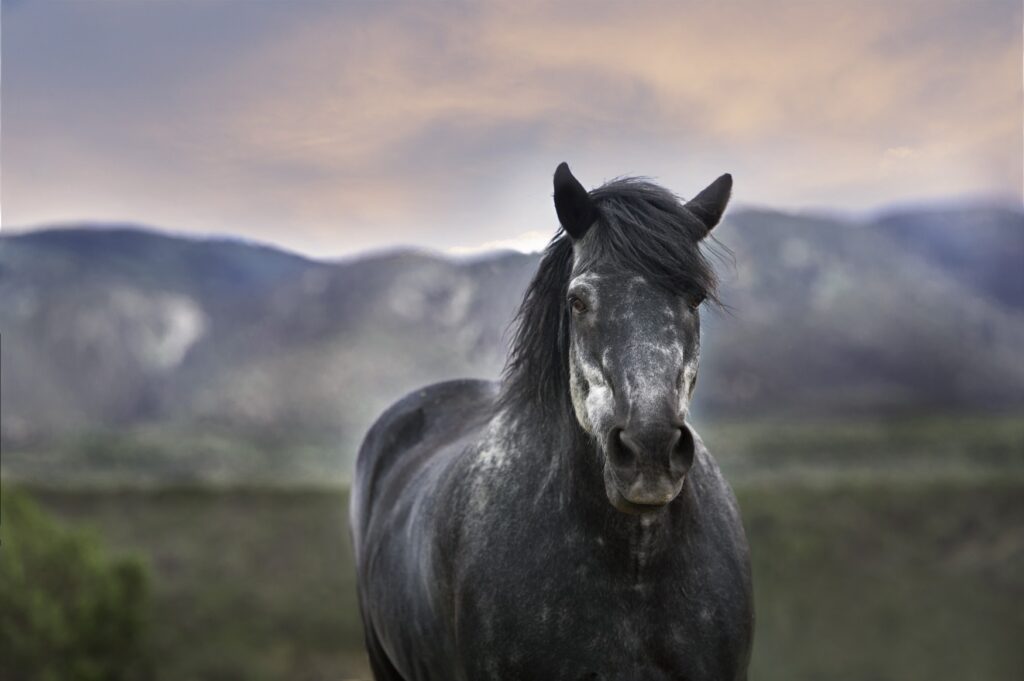
I’ll start this off by posing a seldom asked question: What is the mind? Mickey Singer defines it as a field of energy that can create thoughts. So the brain does lots of things, but the mind is the entity within it that creates thoughts. And let’s face it, most of those random thoughts are the bane of most people’s existence.
In fact, quieting our noisy minds is central to many spiritual traditions, notably Buddhism, Hinduism, the teachings of Eckhart Tolle, Mickey Singer and many more. A fundamental precept within all these traditions and teachings is that our minds/thoughts are not who we are. Who we are is the conscious being that is aware of our thoughts.
A tough concept to grasp
That last sentence is extremely difficult for many people to comprehend. Their reaction is, “What?! Of course I’m my thoughts. They constitute my personality. They make me, me.”
In truth, however, our thoughts are just reactions to experiences we’ve had over the course of our lives that we’ve stored in the misplaced belief that doing so will protect us.
For example, if your first true love cheated on you and broke your heart when you were in high school, forty years later your mind still produces suspicious thoughts every time your faithful husband of thirty years goes on a business trip. Why? To defend against getting your heart broken again. And so on.
Life is one big tug of war
So long story short, what life comes down to for most of us is one long, exhausting, exasperating game of tug of war between our conscious, real selves and our egoic mind selves. Fortunately, there are ways to help the conscious you pull the rope its way. Practicing regular meditation and mindfulness strengthens the “muscles” of our conscious selves, which results in less monkey mind thought production.
But I have found that the two adversaries in this tug of war, the conscious and egoic/mind selves, to be amorphous and intangible, which makes it more difficult to pull the rope toward the conscious self.
The “conscious” self? The “mind”? They’re just words floating in the ether. Wouldn’t it be nice to have images we could conjure to help sharpen things?
Well, I’ve thought of an analogy that can help bring this lifelong tussle into greater focus and therefore make it easier help the conscious self gain more sway in your life.
Picture the stallion and the tamer
It’s about the wild stallion and the tamer. The stallion represents our restless, temperamental, sensitive minds. The tamer is our calm, focused, present, conscious self.
I find it helpful to picture this scenario in my head, especially at the beginning of a meditation session when my mind monkey is swinging from tree to tree. I picture the tamer in the corral, calm, present and accepting of the stallion’s restlessness. He’s not trying to force anything on the stallion because he knows that doing so will only cause the horse to become more upset and run away.
So the tamer simply stands there, calmly observing the stallion. Patiently breathing with it. Motionless.
The more he does this, the calmer and more trusting the stallion becomes. The tamer knows this takes immense patience, but also knows that that patience will eventually pay off and the stallion will be tamed.
Identify your mind as the stallion

Another helpful aspect of this analogy for me is identifying my mind as a wild stallion. Because it is. Even after many years of spiritual work my mind still has a life of its own. But identifying my mind as a stallion helps to further separate it from my true, conscious self. Why? Because I’m clearly not a stallion. I’m the calm guy working with, but separate from, that stallion.
And possibly the most important thing I’ve learned in my many years on the spiritual path is that that separation of the all-powerful egoic self/mind from the conscious self is the central aim of the journey. Keep doing that and growth is inevitable. So anything that facilitates and widens that separation is valuable.
Try this. Look at your mind as the wild stallion that it is. Look at it as something that’s in you, but isn’t you.

0 comments
Write a comment